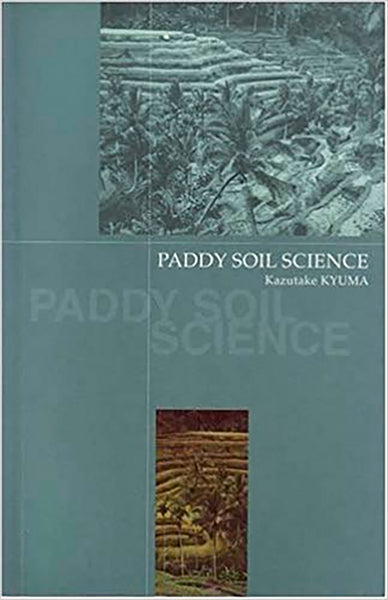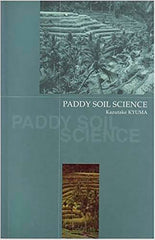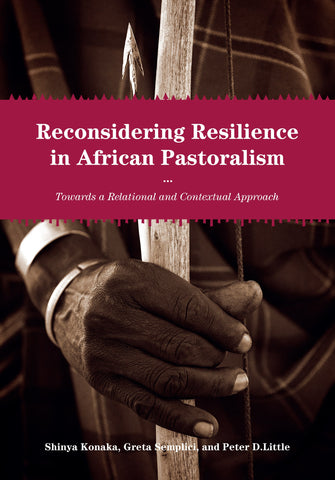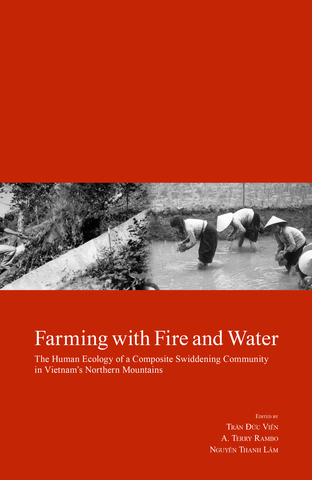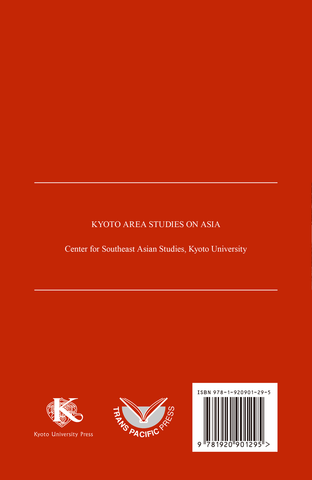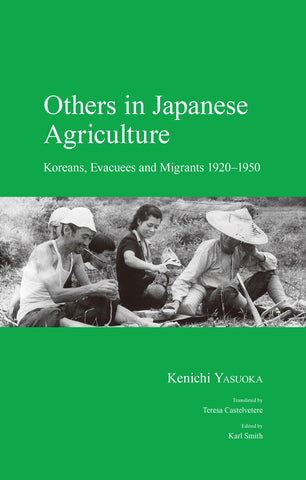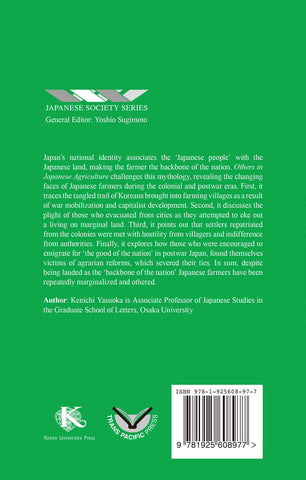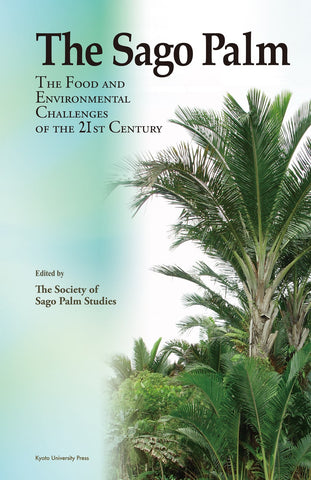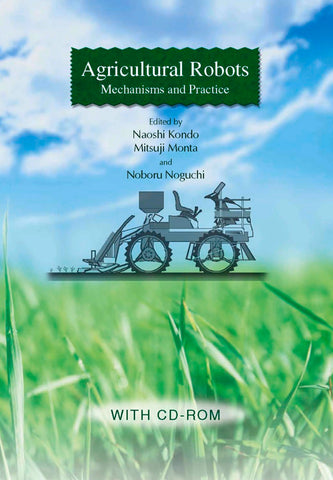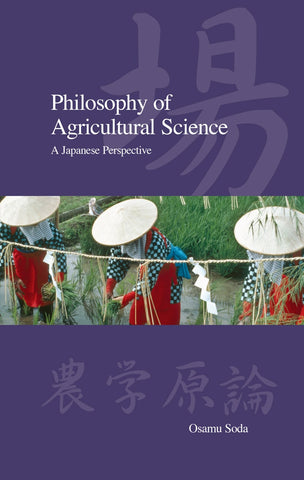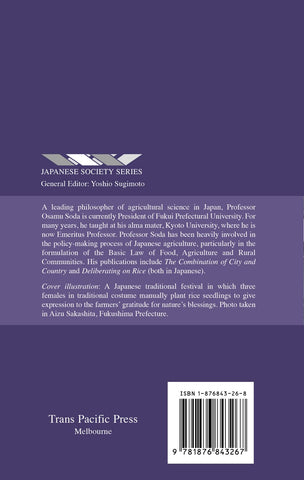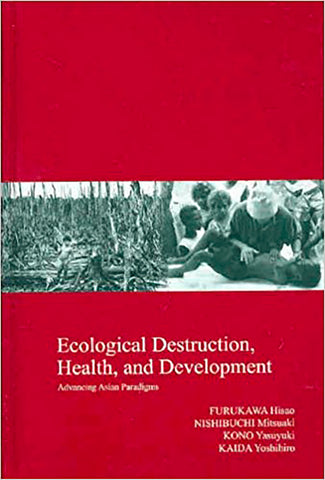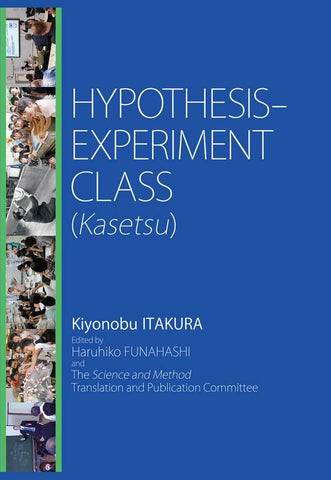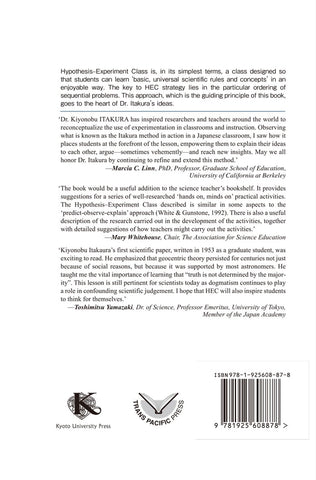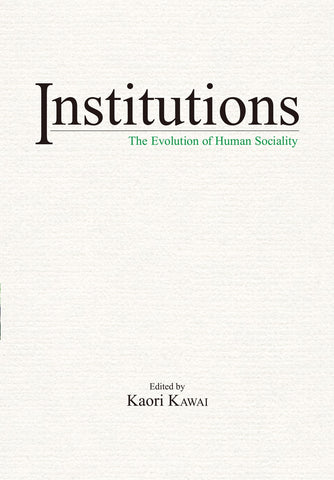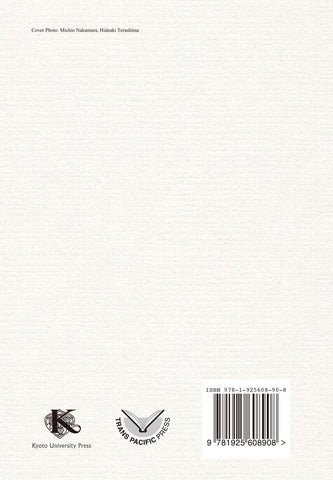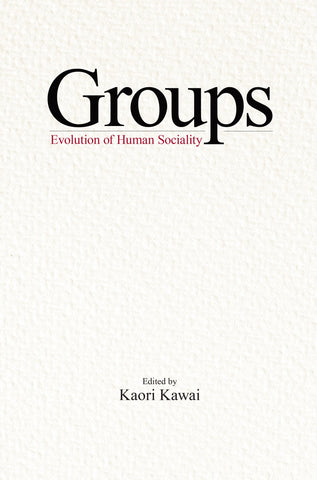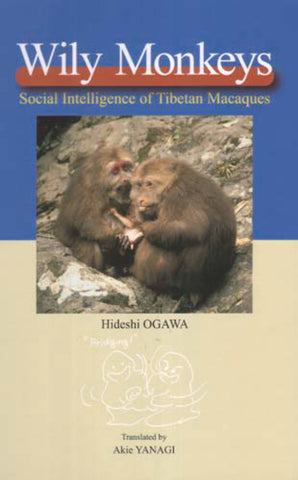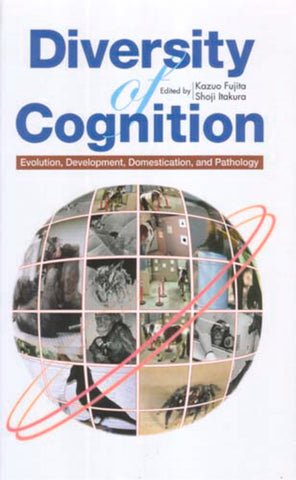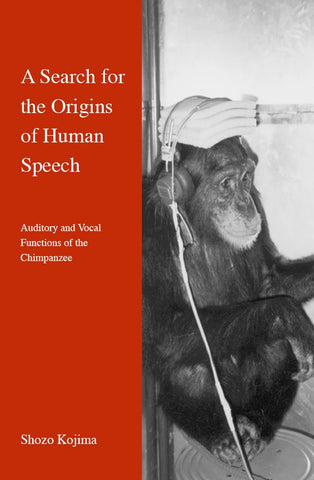Paddy Soil Science
Many In Stock
This book is an important reference for those concerned with the continuing sustainability of wet rice agriculture, which remains the staple diet for most people throughout Asia. Kazutake Kyuma draws on his extensive experience regarding rice agriculture to explain the interactions between the various human, environmental, biological and chemical factors needed to protect the long-term productivity of rice paddy soils.
About Editors and Authors
KYUMA Kazutake is Professor Emeritus at Kyoto University and Professor Emeritus at Shiga Prefectural University. He specializes in soil studies and tropical soil studies.
He graduated from the Department of Agricultural Chemistry, Faculty of Agriculture, Kyoto University, and served as Associate Professor at the Center for Southeast Asian Studies, Kyoto University, and Professor at Kyoto University, before becoming Professor in the Faculty of Agriculture, Kyoto University.
Table of contents
List of Photographs
List of Figures
List of Tables
Biographical Note
Acknowledgments
Notes on Transcription
1. Issues in the Study of Theravada Buddhist Culture in Thailand
Focus on Practice
The Institutional Setting
Show More >
List of Photographs
List of Figures
List of Tables
Biographical Note
Acknowledgments
Notes on Transcription
1. Issues in the Study of Theravada Buddhist Culture in Thailand
Focus on Practice
The Institutional Setting
Accessing Locality
Towards “Practical Religion” among the Theravadins
Tambiah’s Contribution to the Study of Village Religion
Systemization and Reality
Towards “Regional Analysis”
2. The Location of “Lao” Society
Who Are the Lao?
Northeast Thailand: The Emergence of the Isan Region
and People
Relations Between Ethnic Group
The Lao in Relation to their Neighbors
3. The Establishment and Religious Composition of Thai-Lao
Villages in Northeast Thailand
D Village and Its Surroundings
Oral Records from MN Village
Social Aspects of Land Pioneering
Village Classification According to Religious Composition
4. Village Religion: Structure and Change
Religion in Thai-Lao Villages: From the Perspective of D
Village
Aspects of Buddhist Practice: Customs and Concepts
Aspects of Buddhist Practice: Rites of Passage
CONTENTS
5. The Buddhism of Power and Mo Tham in Northeast Thailand
The Position of the Mo Tham
The Concept of Protective Power and the Mo Tham
The Mo Tham, Bearer of the Protective Power of Buddhism
Becoming a Mo Tham
The Social Relationship Between the Mo Tham and his
Followers
Wandering Monks and Thamma in the Nationalization of
Religion
The Mo Tham as Buddhist Practitioner
6. The Transformation of Village Buddhism and the Forest Temple
Transformation of the Village
Annual Buddhist Rituals and Activities of the Monks
(1965ミ1985)
Merit, the Market Economy, and Male Authority
The Establishment of the Forest Temple in D Village
Observations Concerning the Forest Temple
7. Thai-Lao Society and Practical Religion Today
Thailand-Laos Relations and Tourism Policies
Summary and Future Study Themes
Exhibits
Notes
Glossary
Bibliograhy
Index
